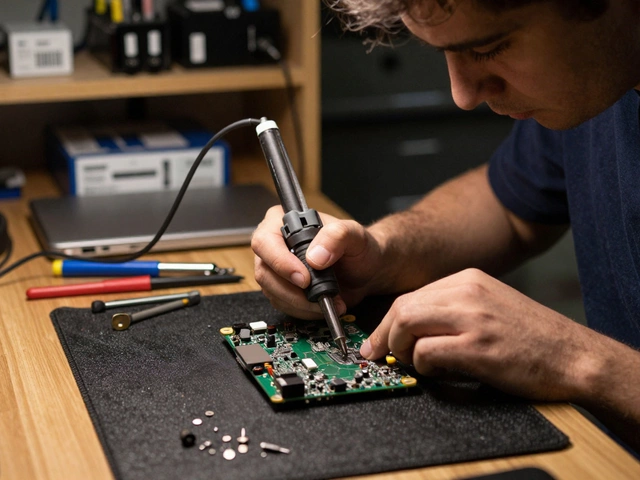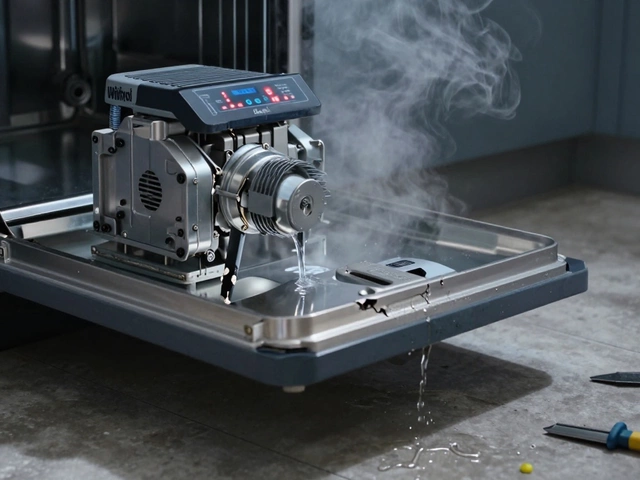Dryer Tips You Can Use Right Now
If your dryer is taking forever to dry, making strange noises, or smelling like burned lint, you’re probably wondering what to do. The good news is most issues are easy to spot and fix without calling a technician. Below are the top tips that keep your dryer running efficiently and help you decide when it’s time to replace it.
Keep the lint filter clean – every load
The lint filter catches most of the fluff that comes off your clothes. If you skip cleaning it, airflow drops, drying time goes up and the dryer works harder. Pull the filter out, wipe it with a damp cloth, and shake any remaining lint into the trash. Do this after every wash – it only takes a second and saves energy.
Check the vent and ductwork
Even a clean filter won’t help if the vent is clogged. Dust, pet hair, and lint can build up inside the duct, causing the dryer to overheat. Disconnect the vent hose from the back of the dryer (make sure it’s cool first), then use a vacuum brush or a long flexible brush to clear the inside. Push the brush gently from both ends until the airflow feels clear. For homes with a wall vent, a quick visual check for any blockages works too.
While you’re at it, make sure the vent opening outside your house isn’t blocked by leaves or debris. A free‑flowing vent keeps the dryer safe and cuts down drying time.
Level the dryer and tighten the foot
Wobbling noises often mean the dryer isn’t level. Use a spirit level on top of the dryer; if it’s off, adjust the front feet until it sits flat. Tightening the mounting bolts can also stop rattling. A stable dryer runs smoother and reduces wear on internal parts.
Watch for error signs that mean a repair is needed
Here are the most common red flags:
- Heat but no tumbling: A broken belt or motor issue. The drum won’t turn, and you’ll hear a humming sound.
- Dryer gets hot but clothes stay damp: Faulty heating element or thermostat. The dryer may be blowing warm air but not enough heat.
- Strange smells: Burnt lint or a failing motor. Turn off the dryer immediately and clean the vent.
- Excessive vibration: Worn drum rollers, idler pulley, or blown drum bearing.
If any of these show up, a quick call to a local repair service can save you from a bigger problem.
When to say goodbye and replace the dryer
Even with solid maintenance, dryers have a lifespan – typically 10‑15 years. Consider replacement when:
- Repair costs exceed 50% of a new unit price.
- The dryer is more than 12 years old and shows multiple issues.
- Energy bills are high because the dryer runs longer than usual.
- There’s visible rust or severe drum damage.
Modern dryers are more energy‑efficient, and a new model can cut drying time by up to 30%, saving you money in the long run.
Bonus tip: Use dryer balls for faster drying
Wool or rubber dryer balls bounce around and separate clothes, letting air reach more surface area. You’ll notice shorter cycles and softer fabrics – plus you skip the need for dryer sheets.
Follow these dryer tips and you’ll extend the life of your machine, lower your energy bill, and keep your laundry routine hassle‑free. If a problem feels beyond a quick fix, don’t hesitate to get a professional opinion – it’s better than risking a fire or a costly breakdown later.
How Many Years Does a Dryer Last? Lifespan, Care, and Repair Tips
- Alden Wilder
- May 8 2025
- 0 Comments
Wondering how long your dryer will actually last? This article digs into the typical lifespan of a home dryer, explains what really causes dryers to die earlier, and points out a few signs your machine might be calling it quits. You'll also get practical tips to squeeze extra years from your dryer and handle simple repairs without calling in a pro. Expect straight answers, no nonsense, and some surprises if you've never thought about dryer care and repair before.
View More




